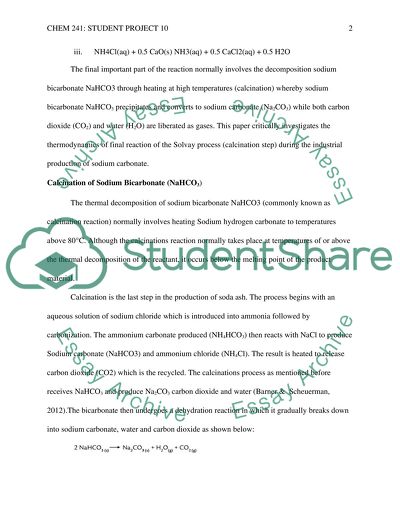Cite this document
(“The Solvay process for sodium carbonate Research Paper”, n.d.)
Retrieved from https://studentshare.org/chemistry/1695868-the-solvay-process-for-sodium-carbonate
Retrieved from https://studentshare.org/chemistry/1695868-the-solvay-process-for-sodium-carbonate
(The Solvay Process for Sodium Carbonate Research Paper)
https://studentshare.org/chemistry/1695868-the-solvay-process-for-sodium-carbonate.
https://studentshare.org/chemistry/1695868-the-solvay-process-for-sodium-carbonate.
“The Solvay Process for Sodium Carbonate Research Paper”, n.d. https://studentshare.org/chemistry/1695868-the-solvay-process-for-sodium-carbonate.


